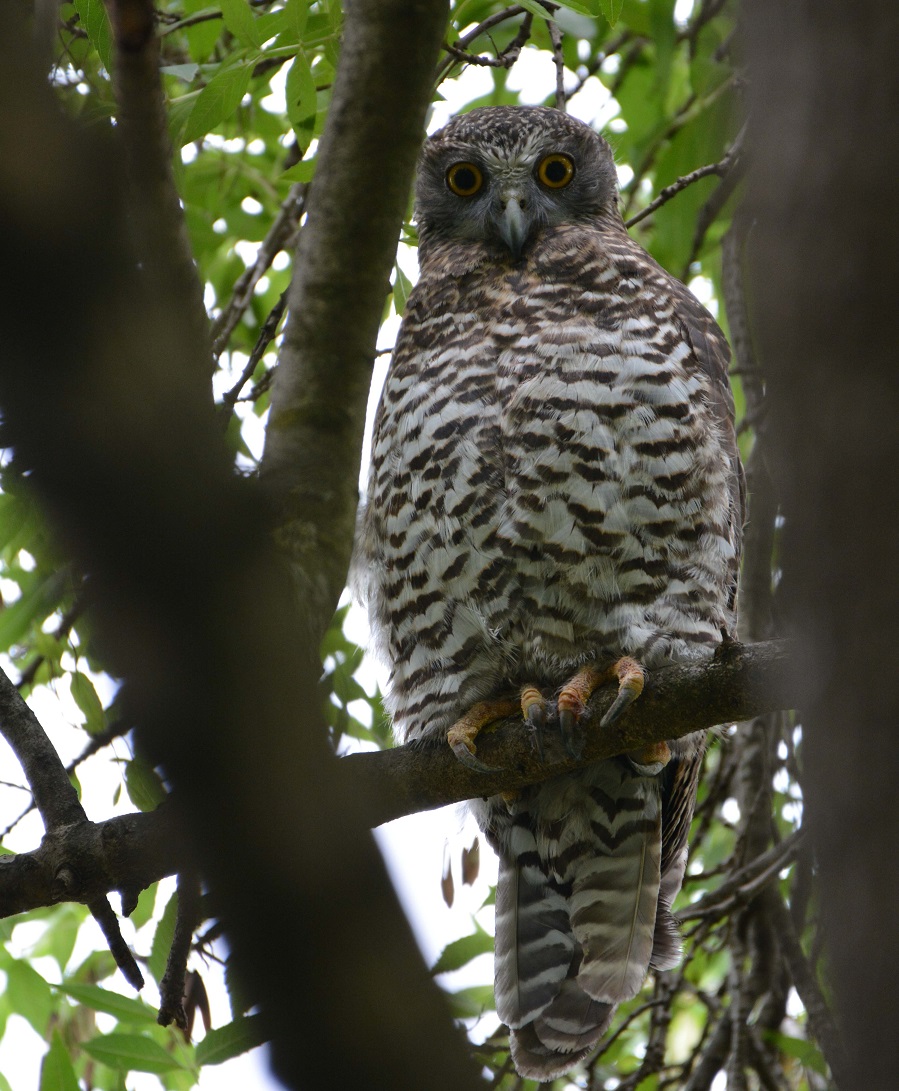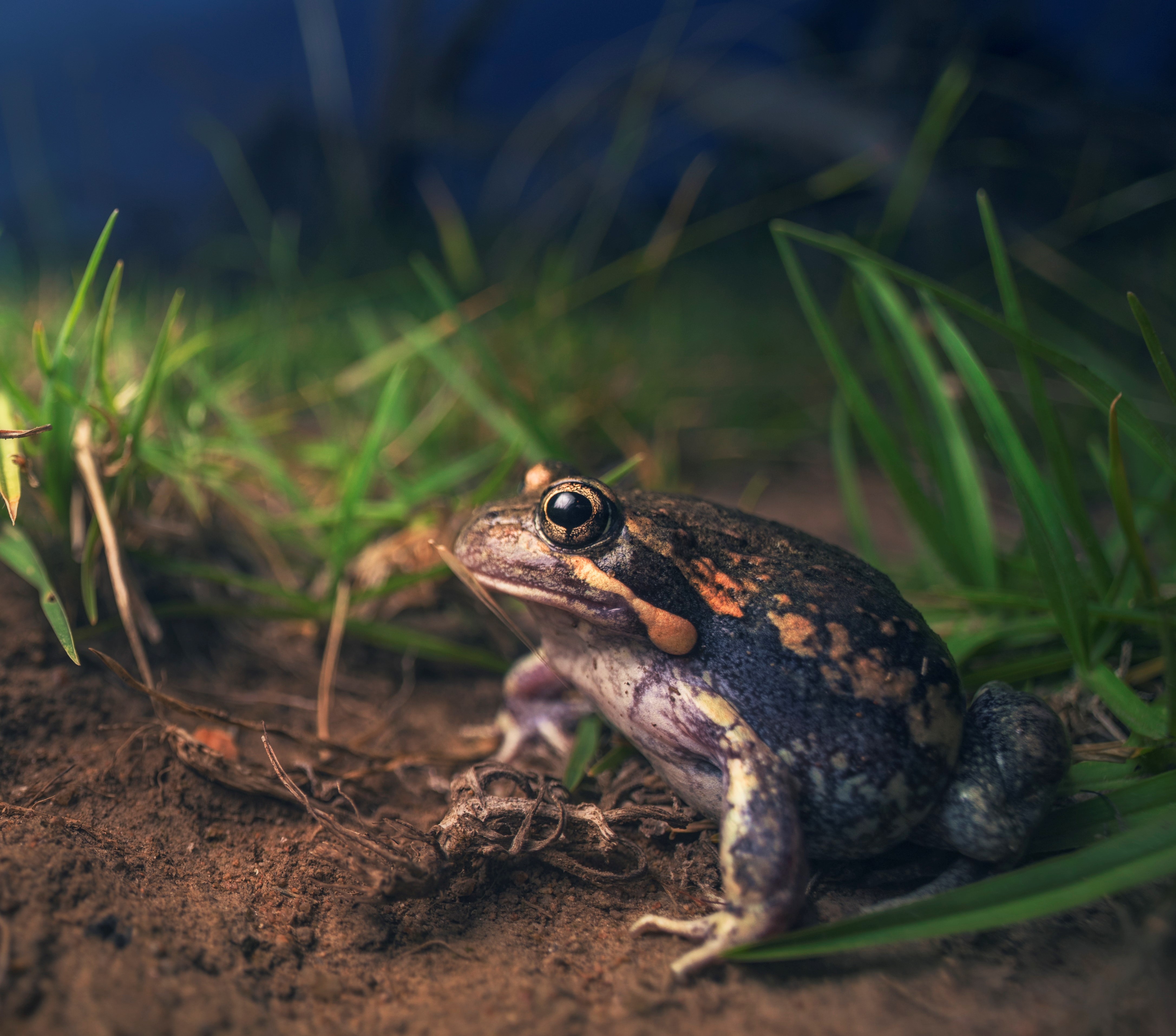Head of Government
 Gabrielle de Vietri
Gabrielle de Vietri
Councillor of City of Yarra
Gabrielle de Vietri
The City of Yarra is proud to be a pioneer member of Cities with Nature. Yarra has a strong commitment to improving our urban environment and protecting our ecosystems for the future. We are committed to working together with other cities to share knowledge and ensure nature is at the core of our urban communities.
GALLERY
The City of Yarra has approximately 235 hectares of public open space, including small neighbourhood pocket parks and larger formal historical gardens, as well as parkland along the banks of the Yarra River and Merri Creek.
The powerful owl is Australia’s largest owl and is listed as threatened under state legislation. Powerful owls have been sighted in large parklands in Yarra, including Burnley Park.
The Edinburgh Gardens raingarden captures and treats stormwater and provides irrigation for the surrounding park.
The North Fitzroy garden bed litter trap situated alongside the Main Yarra cycling trai. Planting and pebble surfaces within the litter trap temporarily capture and clean stormwater runoff.
The Grey-headed flying fox is a threatened species of fruit bat in Victoria. Over 30,000 of this species live in Yarra over summer. Fruit bats help regenerate forests and keep ecosystems healthy through pollination and seed dispersal. Unlike other pollinators like bees and flies, fruit bats can transport pollen vast distances and are also able to disperse large seeds.
The Pobblebonk or Banjo frog is one of seven amphibian species found in Yarra. It has a very distinctive call consisting of a short explosive musical note producing a melodic 'bonk' sound. This frog species is considered a good bio-indicator of habitat quality because they have complex life cycles dependent on both aquatic and terrestrial habitats.
The White-striped freetail bat is one of up to nine species of microbats using the bushland areas in Yarra for food, shelter and breeding. It is the only microbat with an echolocation call that is audible to humans. Microbats are prolific insect eaters, consuming up to 33% of their body weight per night, therefore they play a very important role in controlling insect populations, and maintaining eco-system equilibrium.








